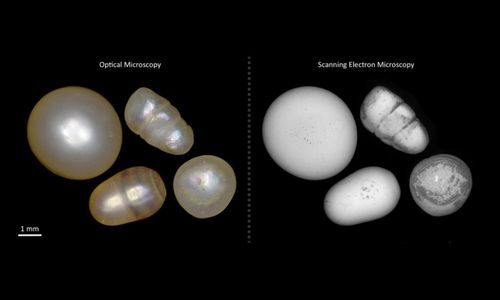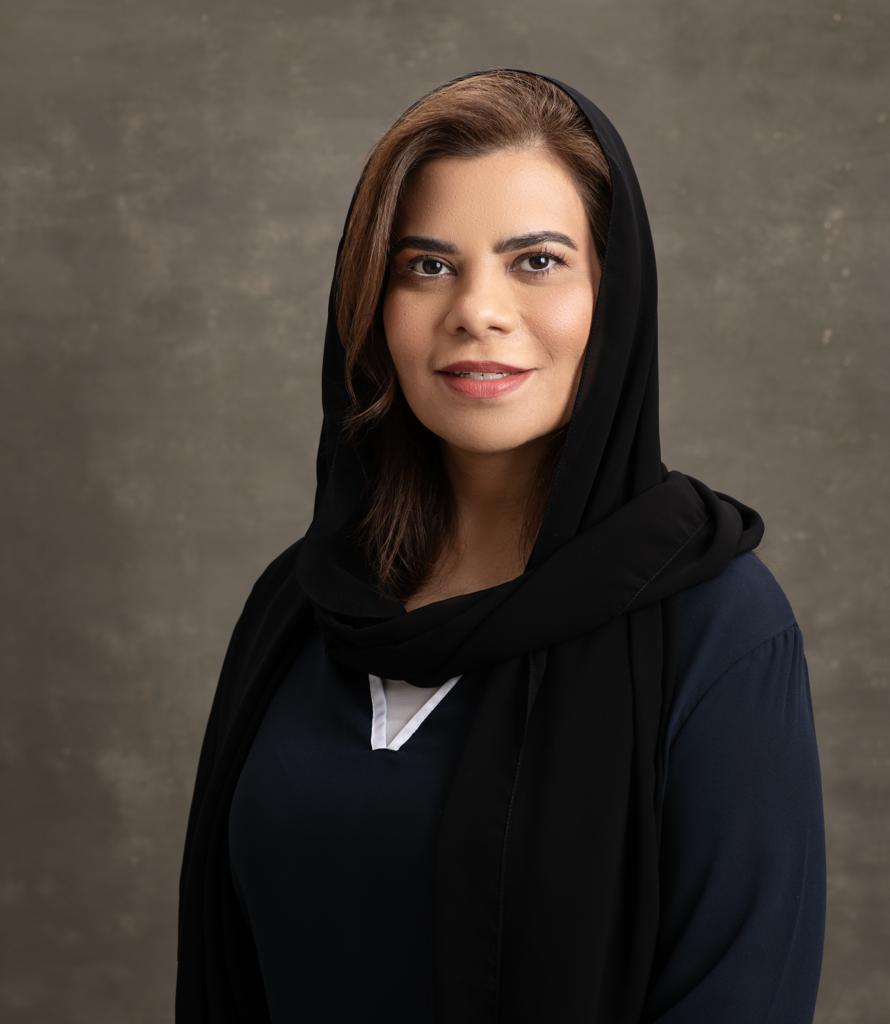MIT, DANAT establish research collaboration on pearl identification
TDT | Manama
The Daily Tribune – www.newsofbahrain.com
MIT and The Bahrain Institute for Pearls & Gemstones (DANAT) have established a research collaboration to develop advanced characterization tools for the analysis of the properties of pearls and to explore technologies to assign unique identifiers to individual pearls.
The three-year project will be led by Admir Mašić, associate professor of Civil and Environmental Engineering, in collaboration with Vladimir Bulović, the Fariborz Maseeh Chair in Emerging Technology and professor of Electrical Engineering and Computer Science.
“Pearls are extremely complex and fascinating hierarchically ordered biological materials that are formed by a wide range of different species,” says Mašić.
“Working with DANAT provides us a unique opportunity to apply our lab’s multi-scale materials characterization tools to identify potentially species-specific pearl fingerprints, while simultaneously addressing scientific research questions regarding the underlying biomineralization processes that could inform advances in sustainable building materials.”
DANAT is a gemological laboratory specializing in the testing and study of natural pearls as a reflection of Bahrain’s pearling history and desire to protect and advance Bahrain’s pearling heritage.
DANAT’s gemologists support clients and students through pearl, gemstone, and diamond identification services, as well as educational courses.
Like many other precious gemstones, pearls have been man-made through scientific experimentation, says Noora Jamsheer, chief executive officer at DANAT.
Over a century ago, cultured pearls entered markets as a competitive product to natural pearls, similar in appearance but different in value.
“Gemological labs have been innovating scientific testing methods to differentiate between natural pearls and all other pearls that exist because of direct or indirect human intervention.
Today the world knows natural pearls and cultured pearls. However, there are also pearls that fall in between these two categories,” says Jamsheer.
“DANAT has the responsibility, as the leading gemological laboratory for pearl testing, to take the initiative necessary to ensure that testing methods keep pace with advances in the science of pearl cultivation.”
Titled “Exploring the Nanoworld of Biogenic Gems,” the project will aim to improve the process of testing and identifying pearls by identifying morphological, micro-structural, optical, and chemical features sufficient to distinguish a pearl’s area of origin, method of growth, or both.
MIT.nano, MIT’s open-access center for nanoscience and nanoengineering, will be the organizational home for the project, where Mašić and his team will utilize the facility’s state-of- the-art characterization tools.
In addition to discovering new methodologies for establishing a pearl’s origin, the project aims to utilize machine learning (ML) to automate pearl classification. Furthermore, researchers will investigate techniques to create a unique identifier associated with an individual pearl.
The initial sponsored research project is expected to last three years, with potential for continued collaboration based on key findings or building upon the project’s success to open new avenues for research into the structure, properties, and growth of pearls.
Related Posts


